Astronomers have made a remarkable breakthrough: they’ve detected direct gravitational-wave signals from two newborn black holes — born from cosmic collisions — including one with an origin unlike any previously observed. These findings promise to deepen our understanding of black-hole formation, spin mechanics, and the strange afterlives of massive stars.
The Signals: Two Unprecedented Events
The first event, labeled GW241011, occurred when a black hole roughly 17 times the mass of the sun collided with a companion about seven solar masses. The result: a newly formed black hole and gravitational waves propagating through the universe.
The second event, GW241110, came only about a month later and involved a 16-solar-mass black hole merging with an eight-solar-mass partner. What made this second event truly unique: the larger pre-merger black hole was found spinning in the opposite direction of its orbital motion — a cosmic oddity that had never been unambiguously observed in binary black-hole mergers before.
Scientists interpret both events as creating what are called second-generation black holes — meaning the final black hole is itself the product of an earlier merger. The irregular mass ratios and the counter-rotational spin leave strong clues in the rippling signal that something unusual happened.
What These Findings Tell Us
- Black holes forming from other black holes: These events illustrate hierarchical growth — black holes merging to form larger ones, rather than solely forming from collapsing stars. That has major implications for how supermassive black holes might assemble over cosmic time.
- Extreme spins and recoil kicks: In one of the events, the newly formed black hole is estimated to be spinning very rapidly. In the other, the opposite-spin orientation suggests the black hole may have received a “kick” — a recoil in space due to uneven gravitational‐wave emission. Such kicks could eject black holes from their birth clusters.
- Testing Einstein’s gravity in the extreme: The waveform data include fine details — higher harmonics (“overtones”) of the gravitational-wave signal — which allow scientists to test predictions of general relativity under conditions of huge mass and spin. These signals help verify or constrain exotic physics beyond the standard model.
- Windows into dense cosmic environments: The fact that these mergers likely happened in environments where hierarchical collisions are possible (e.g., dense star clusters) gives clues about where black holes tend to grow and how often these complex interactions happen.
Why It Matters & What’s Next
For astrophysics, each gravitational-wave detection isn’t just a tick on a chart; it’s a deep probe into nature’s most extreme laboratories. These two events stand out because of their unusual properties, pushing the boundaries of what we thought black-hole mergers could look like.
Going forward, scientists will:
- Continue improving sensitivity of detectors (like LIGO, Virgo, KAGRA) so rarer merger types can be detected.
- Seek electromagnetic counterparts or other signals associated with these mergers, especially when black holes may be ejected into galactic surroundings and interact with matter.
- Use populations of detected events to refine models of black-hole formation, cluster dynamics, and cosmological assembly of massive compact objects.
Final Thoughts
From far beyond our galaxy, two newborn black holes have “cried out” in ripples of spacetime — and in doing so, revealed secrets about their birth, spin, and evolution. These discoveries mark a powerful reminder: even in the vast silence of the universe, we are listening — and the cosmos still has many surprises to share.

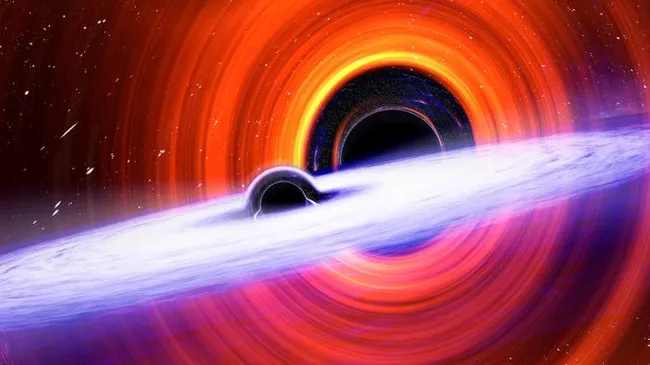

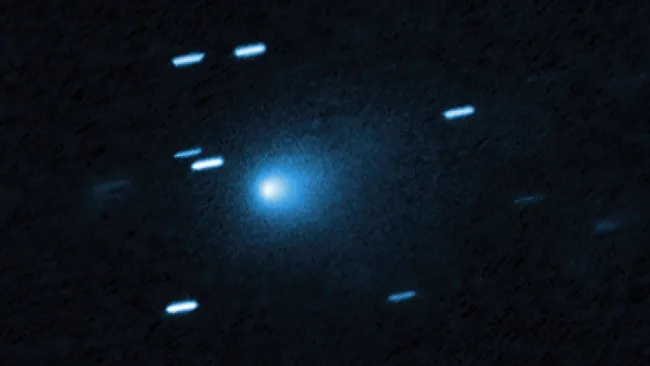

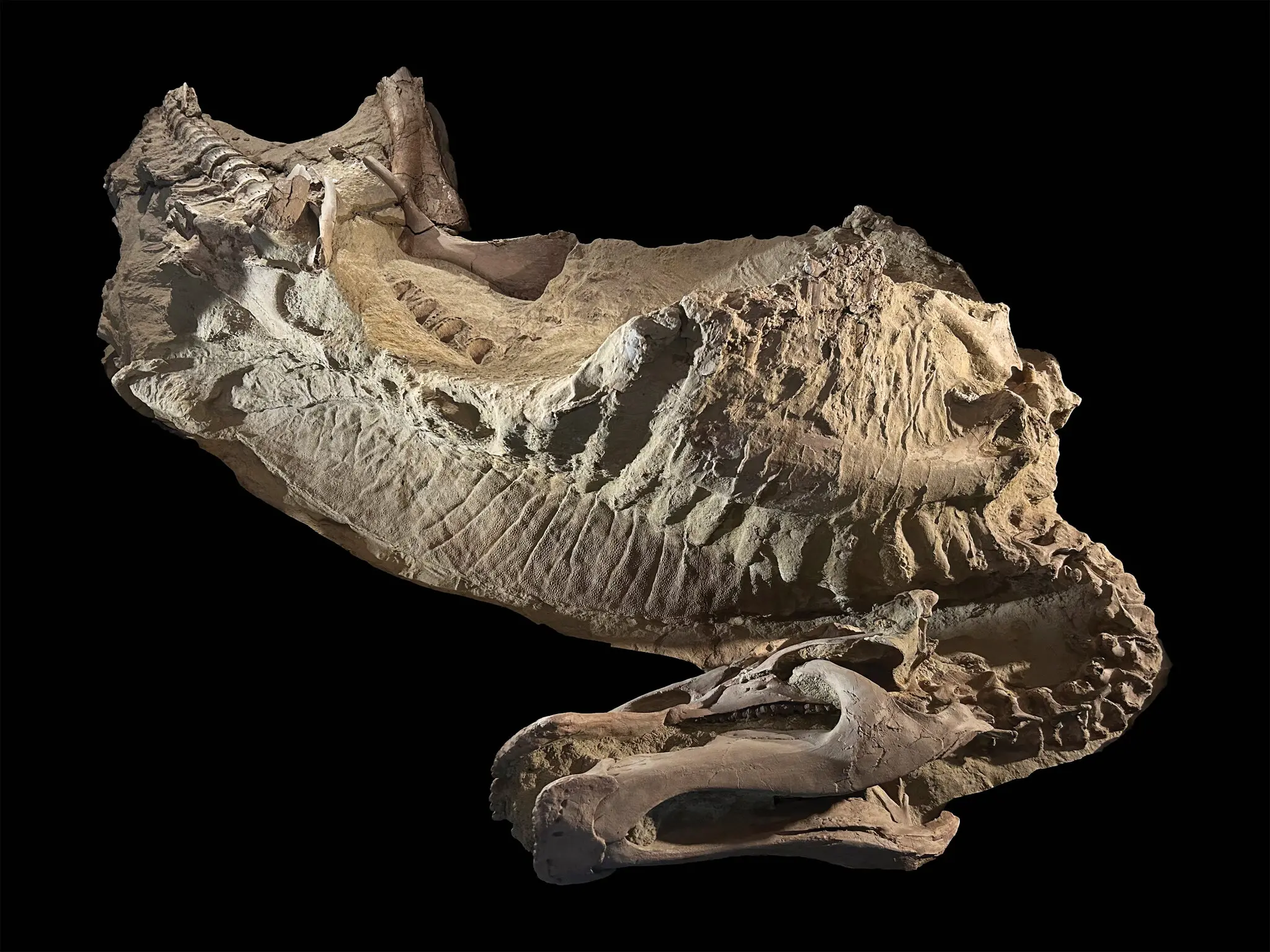

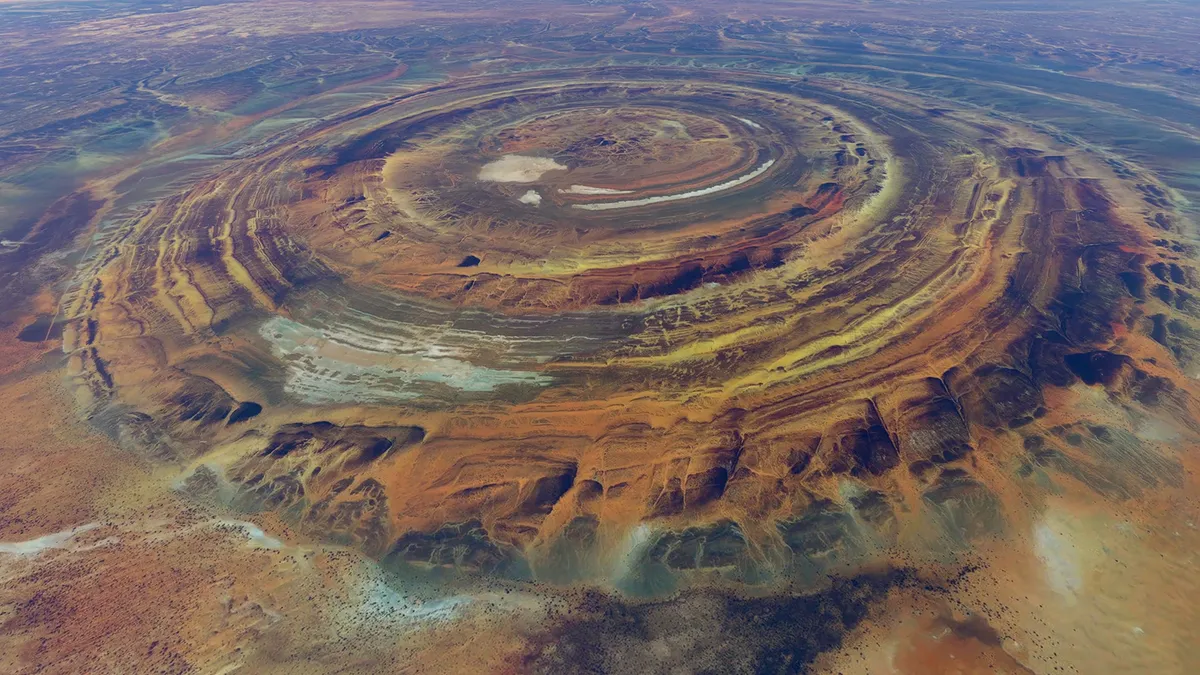
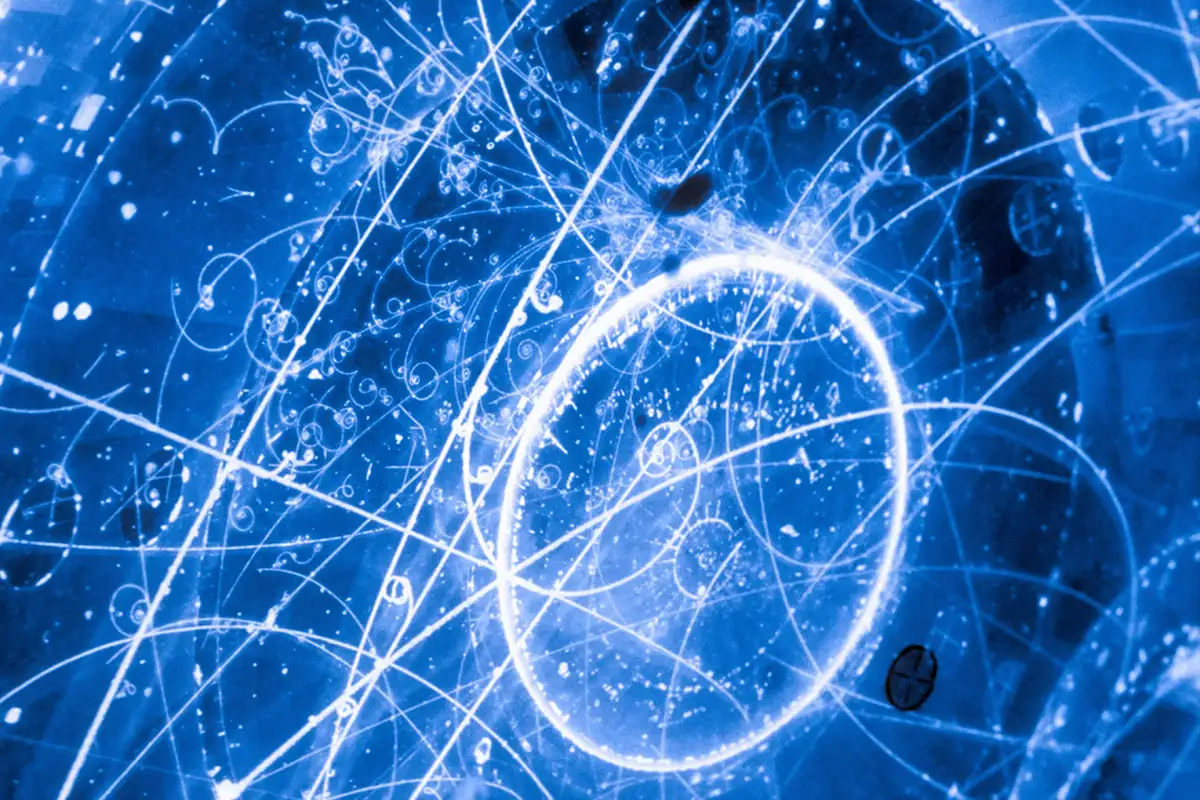
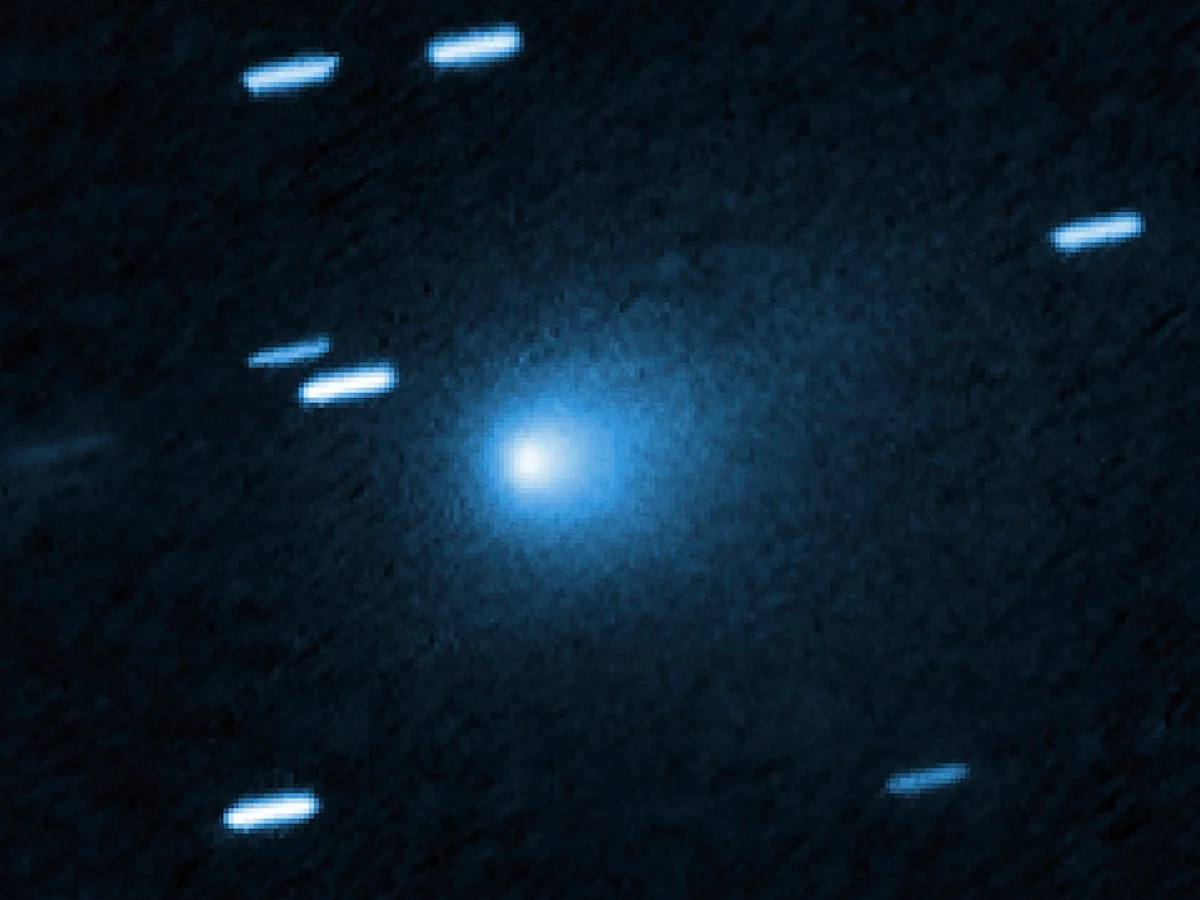
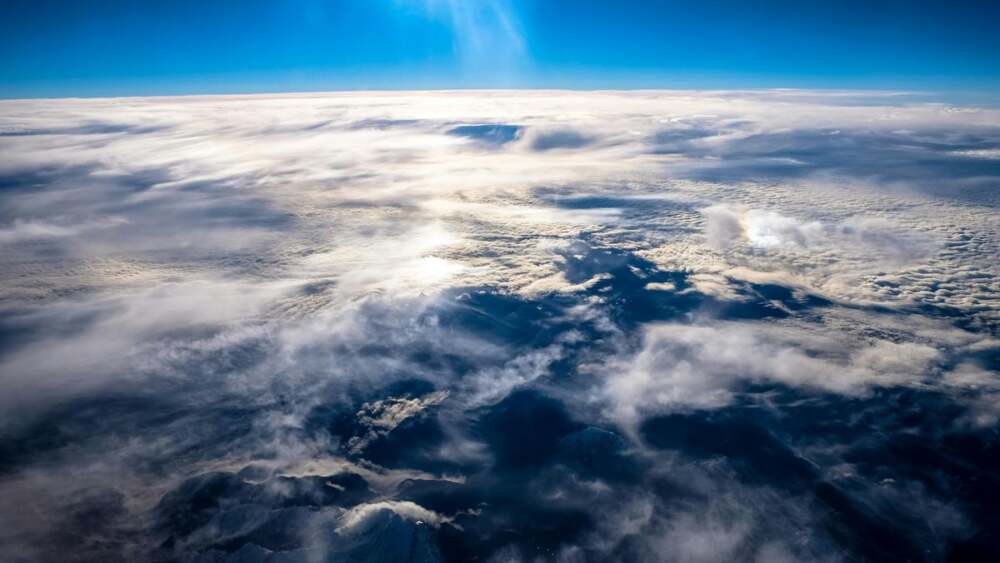
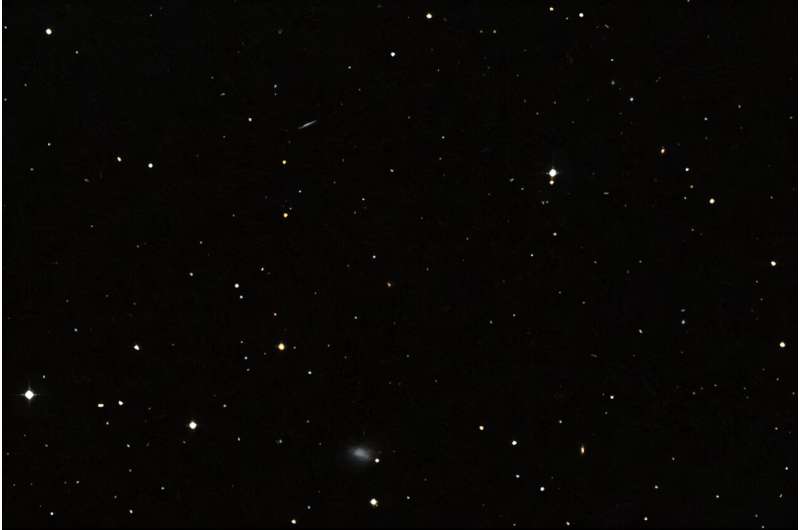




Leave a Reply